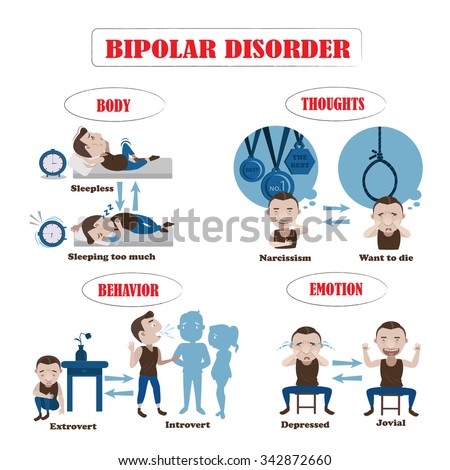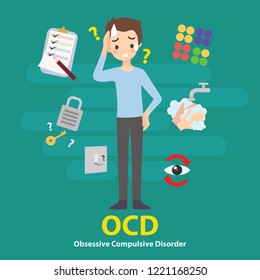
How do you diagnose persistent depressive disorder? Depression is a mood disorder that causes a persistent feeling of sadness and loss of interest. Also called major depressive disorder or clinical depression, it affects how you feel, think and behave and can lead to a variety of emotional and physical problems. Depression (major depressive disorder or clinical depression) is a common but serious mood disorder.
It causes severe symptoms that affect how you feel, think, and handle daily activities, such as sleeping, eating, or working. To be diagnosed with depression, the symptoms must be present for at least two weeks. If you find yourself experiencing any of the symptoms or relating in any way to major depression disorder, you should seek assistance from a medical professional. Thankfully, major depressive disorder has become much less stigmatized in recent years. Bipolar disorder was formerly called manic depression.
Major depressive disorder is a mood disorder that interferes with daily life. Learn about symptoms , causes, and treatment. The signs and symptoms of bipolar disorder are varied. Many of these symptoms can also be caused by other conditions, making this condition hard to diagnose. Other features of bipolar disorder.

Signs and symptoms of bipolar I and bipolar II disorders may include other features, such as anxious distress, melancholy, psychosis or others. The timing of symptoms may include diagnostic labels such as mixed or rapid cycling. In addition, bipolar symptoms may occur during pregnancy or change with the seasons. Some people have clinical depression only once in their life, while others have it several.
Depression varies from person to person, but there are some common signs and symptoms. It’s important to remember that these symptoms can be part of life’s normal lows. But the more symptoms you have, the stronger they are, and the longer they’ve lasted—the more likely it is that you’re dealing with depression. This signs and symptoms information for Depressive disorders has been gathered from various sources, may not be fully accurate, and may not be the full list of Depressive disorders signs or Depressive disorders symptoms. Furthermore, signs and symptoms of Depressive disorders may vary on an individual basis for each patient.

Some individuals change between manic and depressive episodes several times a year. Others do not come out of their mood swings for months. The shapes and patterns of bipolar disorder signs are individually very different. In addition to feeling down, many other symptoms exist that you may not be aware of.
Learn more about the day-to-day signs and symptoms of depression here. Bipolar Disorder Signs and Symptoms Is it bipolar disorder ? Here’s how to recognize the signs and symptoms and get help for mania, hypomania, and bipolar depression. We all have our ups and downs, but with bipolar disorder (once known as manic depression or manic- depressive disorder ) these peaks and valleys are more. What is bipolar disorder ? Symptoms of major depressive disorder are similar to, but much more intense than, normal depression, and they.
Core and associated symptoms within the diagnosis of major depressive disorder. The current polythetic approach to diagnostic classification of “Major Depressive Disorder (MDD)” in the Diagnostic and Statistical Manual of Mental Disorders. DSM-IV or “Recurrent Depressive Episodes” in The ICD-Classification of Mental and Behavioral Disorders: Clinical descriptions and. Depressive symptoms in bipolar disorder are identical to those in major depression (or unipolar depression).
Sadness and crying spells are common, as are excessive worrying and guilt. People who are depressed may not care enough to wash or comb their hair, change clothes, or even get out of bed in the morning. The symptoms of major depression are constant, ranging from moderate to severe. Left untreate major depression typically lasts for about six months.
Some people experience just a single depressive episode in their lifetime, but more commonly, major depression is a recurring disorder. Anxiety and depression disorders typically carry similar symptoms , which often make it difficult to distinguish one from the other. This makes diagnosing mixed anxiety- depressive disorder especially challenging.
No comments:
Post a Comment
Note: Only a member of this blog may post a comment.